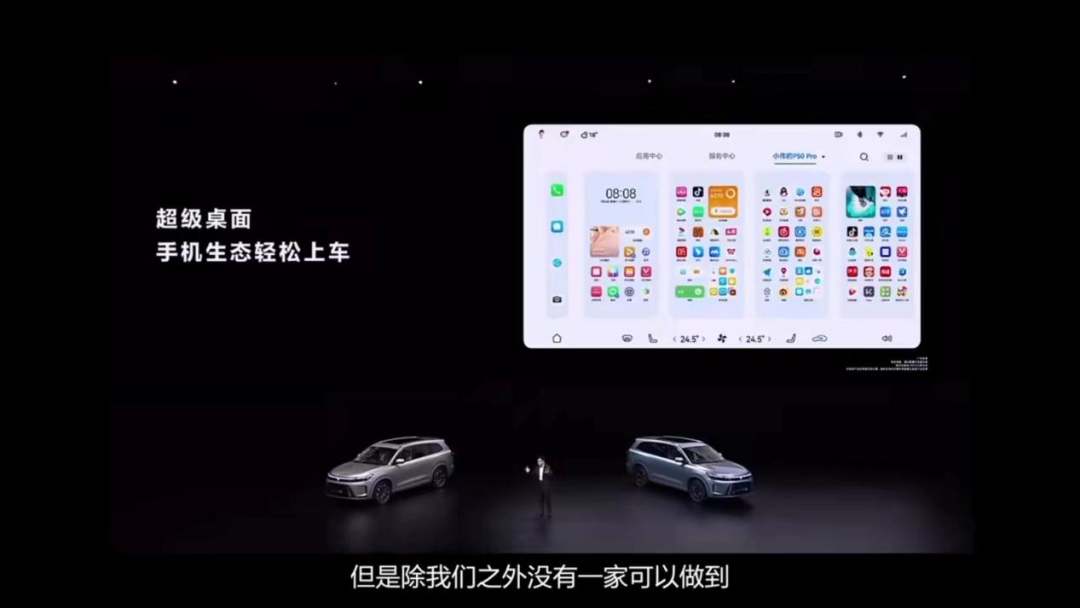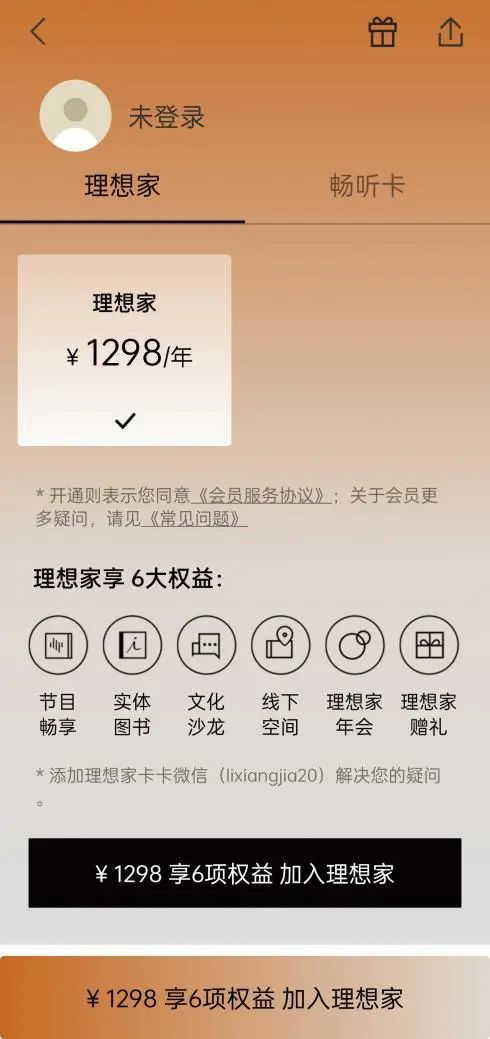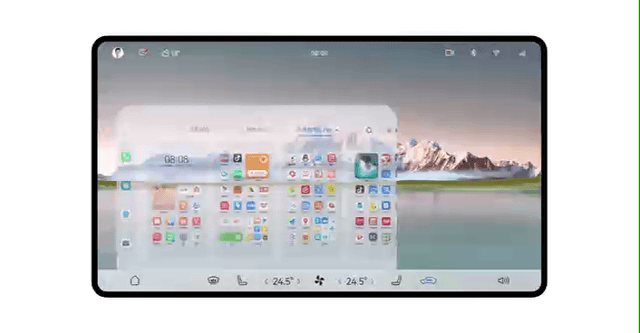Author: Mr.Yu
Just in time for the release of Avita 11, we can finally talk about an interesting new feature in Huawei HarmonyOS, the Super Desktop.
A few days ago, Huawei held an online event for the release of HarmonyOS 3. Although the flagship Mate 50 series that everyone was eagerly waiting for did not make an appearance, a bunch of new products under the HarmonyOS 3 ecosystem were released. From the large AITO Question M7, to the small smartwatch tablet printer, Huawei, which has temporarily hidden away from the smartphone market, is determined to pursue the path of the Internet of Things.
I also introduced the Freebuds Pro 2, which I claimed was the most powerful true wireless earbuds, and at the same time, I felt nervous for my Huawei PR colleagues who were repeatedly “adding ingredients” to the boss’s speech.
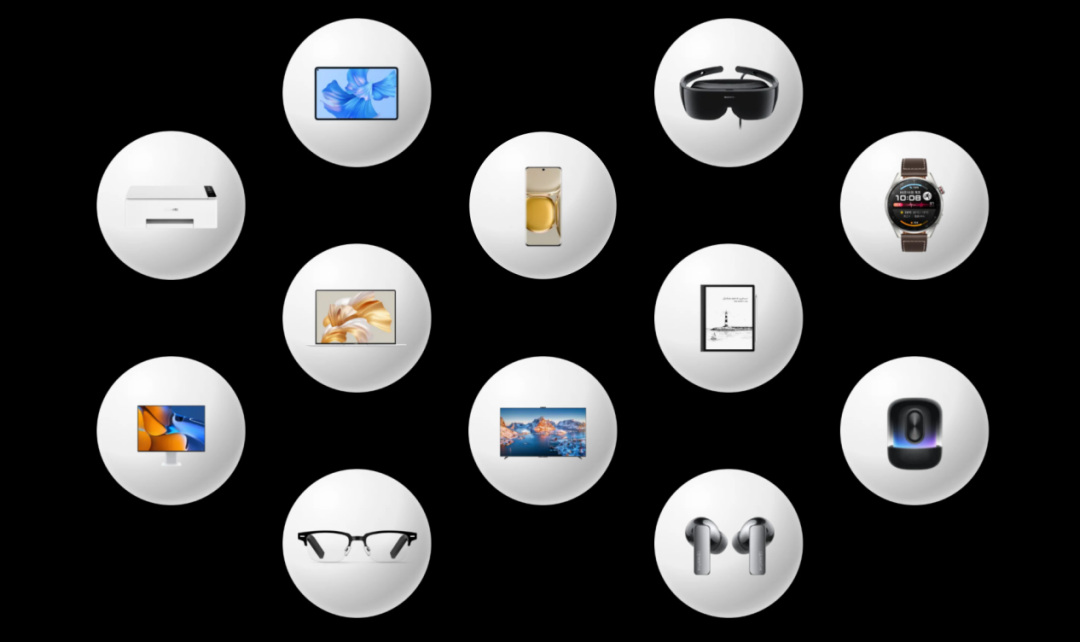
Although I am no longer a Huawei smartphone user, their demonstration of the “Super Desktop” feature on the AITO Question M7 still aroused my strong interest.
First, let’s take a look at the official explanation:
AITO Question M7 equipped with the latest HarmonyOS Smart Cabin has added the Super Desktop feature. It enables seamless integration of smartphone applications and in-vehicle applications, sharing the ecosystem between smartphone and in-vehicle. Currently, the Super Desktop has integrated more than 3,400 applications and more than 200 top applications.
In simpler terms, as stated by Yu Chengdong at the launch event, “Tens of thousands or millions of applications on a smartphone can all be used on the car infotainment system.”
“Although it seems small, no other company except us can do it. This is the powerful advantage brought by our HarmonyOS operating system, a distributed operating system,” Yu Chengdong added.
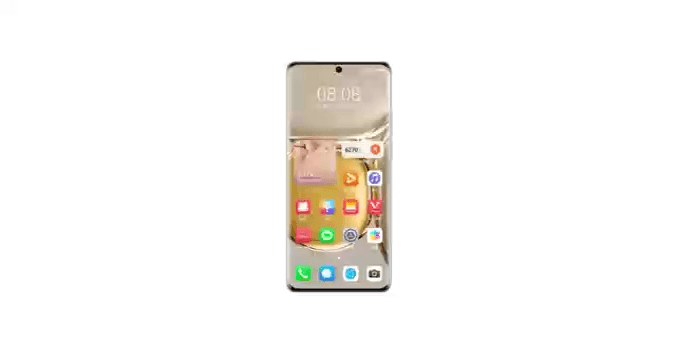
Perhaps it is not yet time for the promised September release of HarmonyOS 3 and currently, Huawei has released limited information. There is not much attention in the media either.
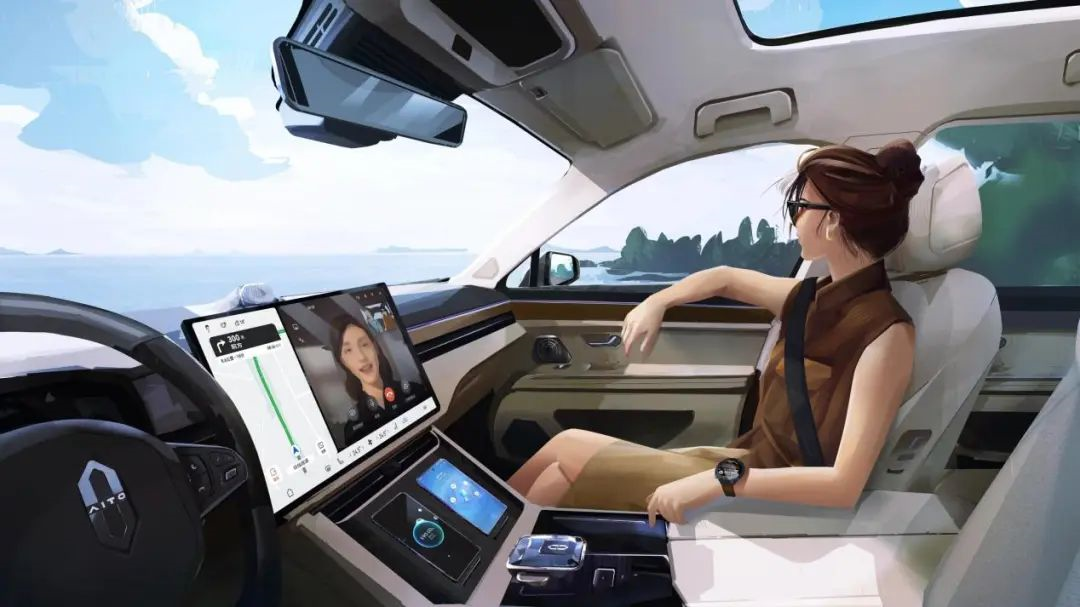
After understanding it thoroughly, you will have a feeling that this feature under the concept of “Super Terminal” has considerable potential, and there are different directions of benefits for users and automakers.
My conclusion is as follows:>To users, it can make up for many practical shortcomings in actual use, and is no longer a matter of what car companies give and users use. Because the application matrix is completely from the user’s mobile phone, it rareltly gives users the initiative to choose in-car applications.
>
As for car companies, they no longer have to plan the lineup of in-car applications in vain, as users are not buying them.
From Small to Large: Everyone Has Their Small Shortcomings
GeekCar’s good friend, Ms. Jiu Cai He Zi, is a Tesla Model 3 owner. Apart from occasionally being a bit slow on the in-car navigation system and missing key exits, the lack of key content applications also makes her rely more on mobile apps and Bluetooth connections while driving.
As a heavy-paying user on “KanLI APP”, a content platform under the cultural brand “Li XiangGuo”, Ms. Jiu Cai He Zi has expressed to us her regret that there is no “KanLI APP” and several other niche content platforms on her car.
I fully understand her regrets because “Eight points” by Liang Wendao and the audio version of the “Round Table Party” by Dou Wentao are also my favorites. The slow expansion of the professional podcast platform “Lizhi Podcast” in the cabin field, as well as the absence of podcast audio platforms such as “Xiaoyuzhou”, make people have to stay on the mobile end or use Bluetooth connections to play in order to ensure a complete and coherent listening experience.
Therefore, for atypical users like Ms. Jiu Cai He Zi, if they can be transplanted to the in-car system and truly be used, the experience will be more complete and the membership fee for “KanLI APP” will be more worthwhile.
Another friend, Little Y, is a professional media person who often needs to go out for interviews and exchanges.
When talking about the shortcomings of in-car applications, Little Y said that because of work, he often needs to participate in online meetings and is always on the go. Therefore, more often than not, he uses the mobile phone’s Bluetooth to dial into the meeting and only listens and does not speak.
As someone in the media industry, I also think that Little Y doesn’t have to be so competitive.
“It would be great if there was a Tencent Meeting in the car. I use the Bluetooth connection on my phone to participate in meetings while in the car. If necessary, I will stop on the side of the road, after all, safety comes first.” Little Y further supplemented more specific ideas for this expectation. “I hope it can achieve split-screen applications on the phone, such as continuing to display navigation on the left side of the screen and displaying Tencent Meeting on the right.”
These two friends’ needs are just small examples around us, but they are real.## HarmonyOS: The Advantage is Ours in Local Operations
Some people may say that there is no need to put these scenes in the car. But I have to argue that for adults, the greatest freedom is having choices. As long as we do not violate the premise of safety, we should be able to do what we want.
Following the logic of TV commercials, it is time to introduce the benefits of HarmonyOS.
Do you remember in our coverage of the new CarPlay released by Apple in early June this year, we asked the question “Who is the most nervous in the face of the new CarPlay?” in the article? Some friends guessed it was Huawei and HarmonyOS, and more people were supporting Huawei.
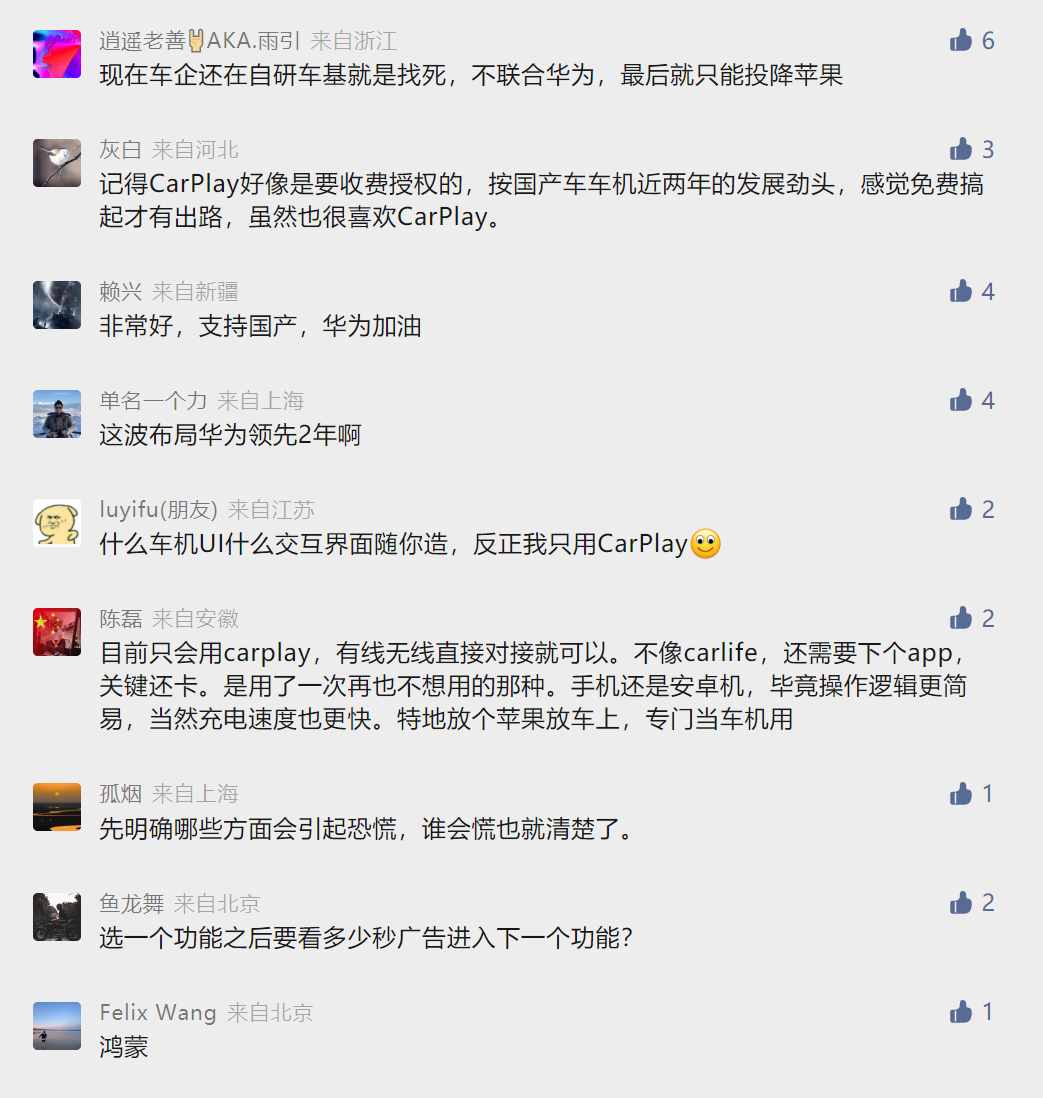
Speaking of the obvious advantages of Super Desktop, let’s start with Huawei.
Firstly, Huawei has a huge total ownership of smartphones. Li Bin, the founder of Nio, mentioned in explaining the motive for making phones that through big data analysis, it was found that the brand composition of Nio owners’ phones was 50% Apple, 40% Huawei, and 10% other brands.
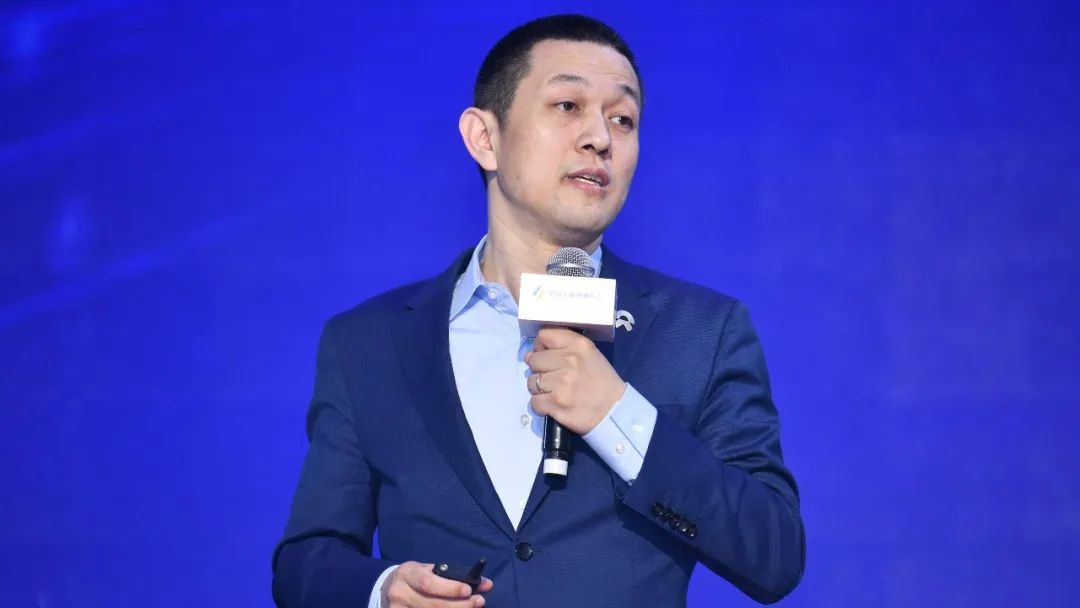
If the data from Nio is not too exaggerated, it can also partly explain the problem. Due to the impact of sanctions, shortages of parts, and other unfavorable factors, Huawei lost its long-standing sales dominance in the domestic smartphone terminal market. However, in terms of ownership, Huawei’s smartphone volume is still quite large.
A report from a domestic market research agency showed that as of mid-2022, Huawei still has the largest total number of active devices among domestic smart terminal brands, with Apple ranking second behind by a few percentage points.
At the HarmonyOS 3 release conference at the end of July, Yu Chengdong announced that the number of Huawei devices with HarmonyOS had exceeded 300 million. This is less than a year after the announcement of over 100 million HarmonyOS users in September 2021.
Let’s take a look at some comparative data: Apple CEO Cook said in January 2021 that the total number of active iPhones and iPads worldwide exceeds 1.65 billion; Google also revealed in May 2021 that the total number of Android phones and tablets worldwide exceeds 3 billion.
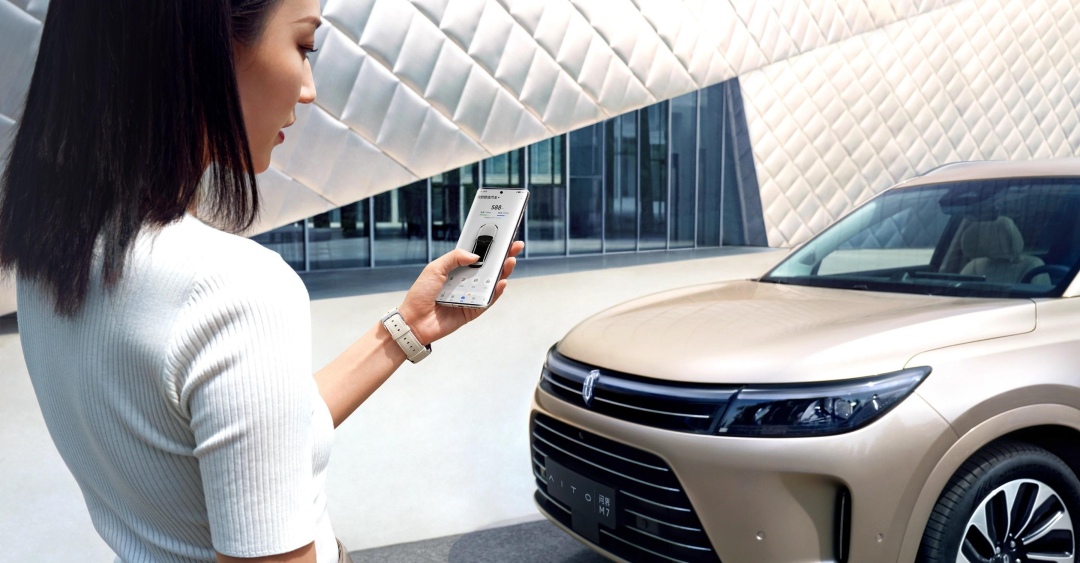 It seems that there is a huge gap in the total number, but the legendary Apple car, whether it is called Apple Car or iCar, has not yet been confirmed; the refreshing new version of CarPlay will not be available until next year at the earliest, and it is limited to new car models scheduled to be released later in 2023. As for Google’s Android Automotive OS and Android Auto, due to their complex histories, it is well known that they have no fate with the domestic market no matter what.
It seems that there is a huge gap in the total number, but the legendary Apple car, whether it is called Apple Car or iCar, has not yet been confirmed; the refreshing new version of CarPlay will not be available until next year at the earliest, and it is limited to new car models scheduled to be released later in 2023. As for Google’s Android Automotive OS and Android Auto, due to their complex histories, it is well known that they have no fate with the domestic market no matter what.
Therefore, the potential rivals from across the ocean will be absent for a long time, while HarmonyOS, which is based on multi-device interconnection, has a great advantage in its local market.

Taking a different approach and not joining the battle of the industry
As for the application experience, let’s talk about the current situation in the industry.
Using a saying that many people who don’t like intelligent cars will say: Isn’t it just a tablet on the car?
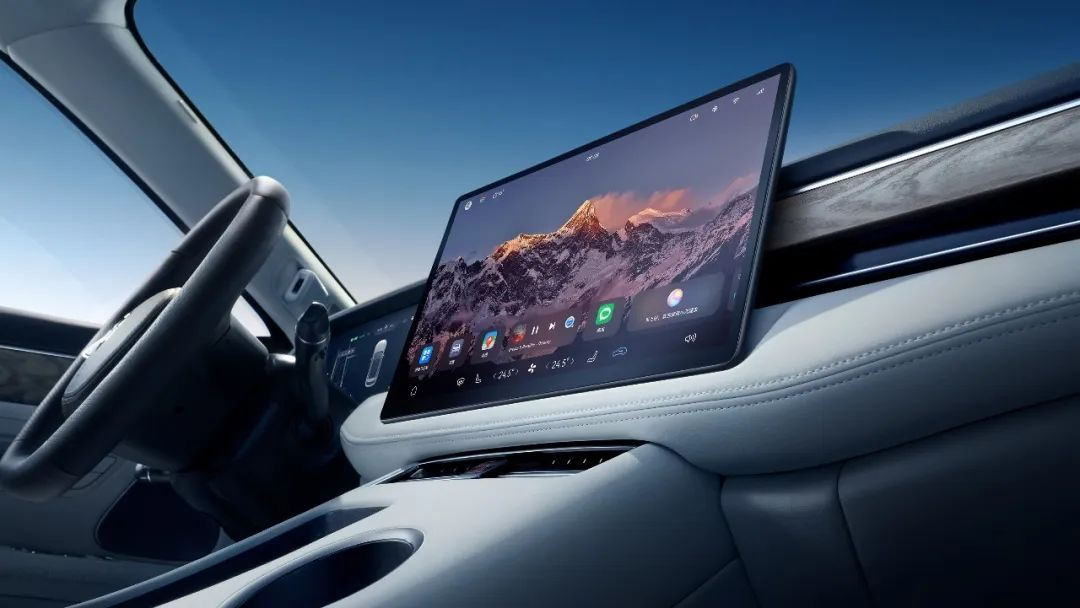
In a certain sense, it is overrated and sometimes not as good as an iPad.
At least most tablets have a powerful SoC from the previous generation of mainstream flagship phones, a screen with a relatively large size but light in weight, and portability. Most importantly, there are a large number of developers who have created a huge number of applications in the application market and continuously provide new features and experiences through updates.
Looking at the market, the application ecology in the car is another story.
For car information entertainment systems based on Android, some people squeeze the last bit of performance from the Qualcomm Snapdragon 820A to ensure smooth application experience, while others have systems and applications that lag. Fortunately, the latter can still be saved through optimization and replacement of SoCs.
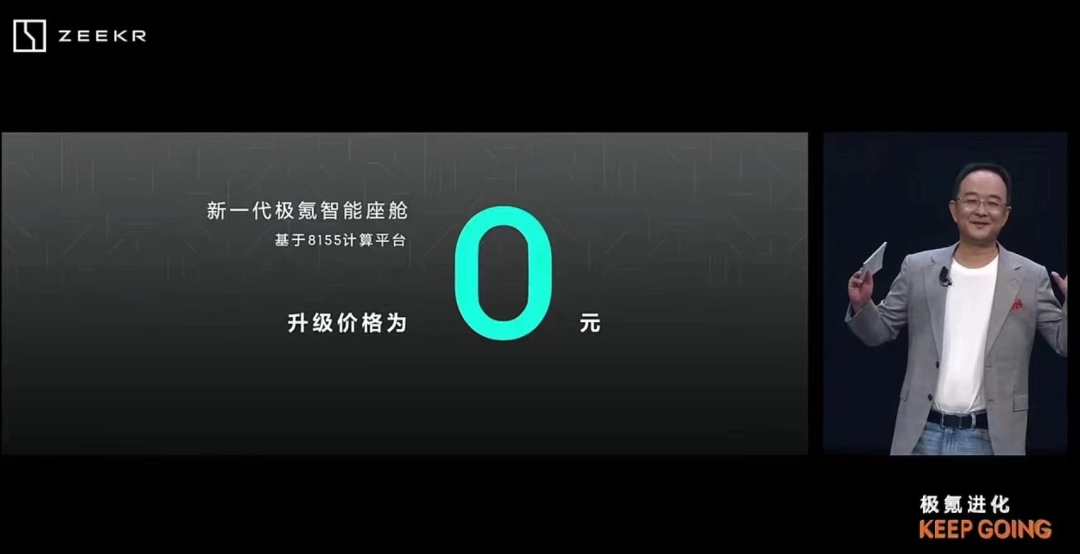
In terms of application expansion, the new forces of XPeng, Li Auto, and NIO are as wild as our joke when we go to a restaurant and can’t decide what to order: close the menu, turn to the waiter and say, “Give us a fried book.”
In this regard, conservative and cautious companies like NIO and many traditional car companies also offer music, video, and audio content but with not many options.
The most common music apps on cars, namely Kuwo and QQ Music, have long been brought under the umbrella of Tencent Music Entertainment Group (TME) along with Kugou, with shared music catalogs. NetEase Cloud Music’s expansion in the in-car business is painfully slow.
As for video, there are few choices other than “Ai Youteng” – iQiyi, Youku, and Tencent Video – which can already cover the demands of mainstream users. What about Bilibili, you ask? People with a little life experience know that the in-car version of Bilibili, greatly lacking in content and with significantly impaired information search efficiency and interaction experience compared to the commonly used mobile version, is like the TV membership that requires additional payment on top of the premium membership.
There are even fewer choices for audio content platforms. When we made the GeekCar Intelligent Cockpit Intelligence Bureau program last year, we jokingly said to our friends from Himalaya, “You guys are the big shots of killer-level applications, we’ve tested so many cars, and Himalaya is almost a standard feature of the cockpit.”
So to summarize briefly, due to the influence of commercial cooperation among content platforms, suppliers, and carmakers, coupled with the industry’s tendency toward bundled packaged solutions, the slight exclusivity of big suppliers in establishing barriers to application ecology, a bit of herd mentality among corporate decision-makers, and the additional cost of time and expenses for software customization and development, the current in-car application ecology has formed an environment that tends to be relatively homogeneous.
Compared with these factors, the lack of diversity in the category and brand of in-car applications, and the lack of polishing and advanced functions in the mobile version, can hardly be considered significant shortcomings for users.
Therefore, the advantage of the Super Desktop feature in HarmonyOS 3 can be reflected.
What we see is that almost all apps on mobile phones can be transferred to car screens and smart TVs through the Super Desktop, without requiring installation of new apps. Not only is the startup speed and fluency on par with mobile phones, with minimal operation delay, but more importantly, the visual framework and element layout are very reasonable, which is crucial for the usability of these apps.
At the same time, other devices in the car can be called, such as using the in-car camera to shoot VLOGs and upload them to social networks for sharing, just like using your own phone in daily life.
Of course, the premise is that both the car and the phone are products under the HarmonyOS system.
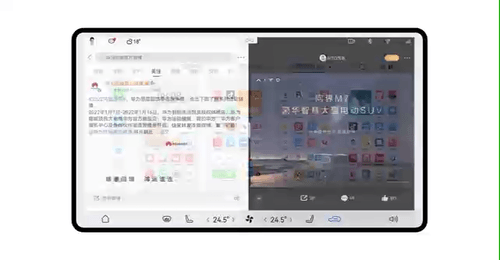 ## The concept of Super Terminal
## The concept of Super Terminal
The concept of Super Terminal mentioned earlier is based on Huawei’s distributed device virtualization technology, which enables resource integration, device management, and data processing between different devices. Various devices are integrated into a super virtual terminal.
For different types of tasks, the platform matches and selects hardware with suitable capabilities for users, allowing tasks to continuously flow between different devices and fully leveraging the strengths of different devices, such as display, camera, audio, interaction, sensors, and other capabilities.
This is a flexible deployment mode of capabilities, functions, and corresponding modules.
Behind this is the communication base of HarmonyOS 3, also its core component, the distributed software bus. This is the communication base of distributed devices such as smartphones, tablets, wearables, car infotainment systems, and smart displays, which provides a unified distributed communication capability for devices like a high-speed highway network, creating conditions for seamless discovery and zero-wait transmission between devices. Based on the distributed software bus, it achieves characteristics such as ultra-low latency requirements as low as 1ms, higher anti-interference capabilities, and shorter link establishment times.
In simpler terms, the distributed software bus is the foundation for maintaining high availability of applications after multiple device interconnections.
It is obvious that this cannot be achieved by merely relying on wireless communication protocols for smartphone screen projection.
Final Thoughts
This is not an article aimlessly praising a vision, and not something I am particularly skilled at, so I’ll try to share my own thoughts.
I still remember the feeling when I got my first pair of Huawei FreeBuds Pro earphones two years ago in late autumn.
Apple’s AirPods created and popularized the true wireless earphone (TWS) category, and most industry followers just followed the basic “earphone + wireless” logic.
Huawei’s product, on the other hand, was different. On the FreeBuds Pro, I saw Huawei doing an interactive carrier, using habits, and a part of the experiential platform. As for the concept of “earphones,” it was only one of the functions of this carrier.
There has always been a widely accepted view on the internet that for many unfamiliar industries, Huawei’s entry is not just a simple participant, but more like a disruptive player who plays by his own rules.
For the development of global smart cars, or smart cockpits, everyone started at about the same starting line.
On the other side of the Pacific Ocean, an elderly gentleman with a chronic gastrointestinal disorder said last year during a speech at a Ford test site in Detroit, “In the past, the United States invested more in research and development than any other country in the world, and China ranked eighth or ninth; now, China is ranked first and the United States is ranked eighth. This situation cannot continue.”
Although the cost of trial and error is extremely high, we have to admit that the current development of the automotive industry is still positive and rapid.
Is there a sense of industry overkill? Huawei obviously has no interest in it, as they want to play a bigger game.### How much does the Super Desktop bring to users that is different? Is it a disappointment that is shallow, or a refreshing overthrow?
Can it change the traditional development landing mode? How much can it expand Huawei’s “friend list” in the automotive industry?
The answer to these questions is only waiting for the arrival of HarmonyOS 3 to be revealed.
This article is a translation by ChatGPT of a Chinese report from 42HOW. If you have any questions about it, please email bd@42how.com.
